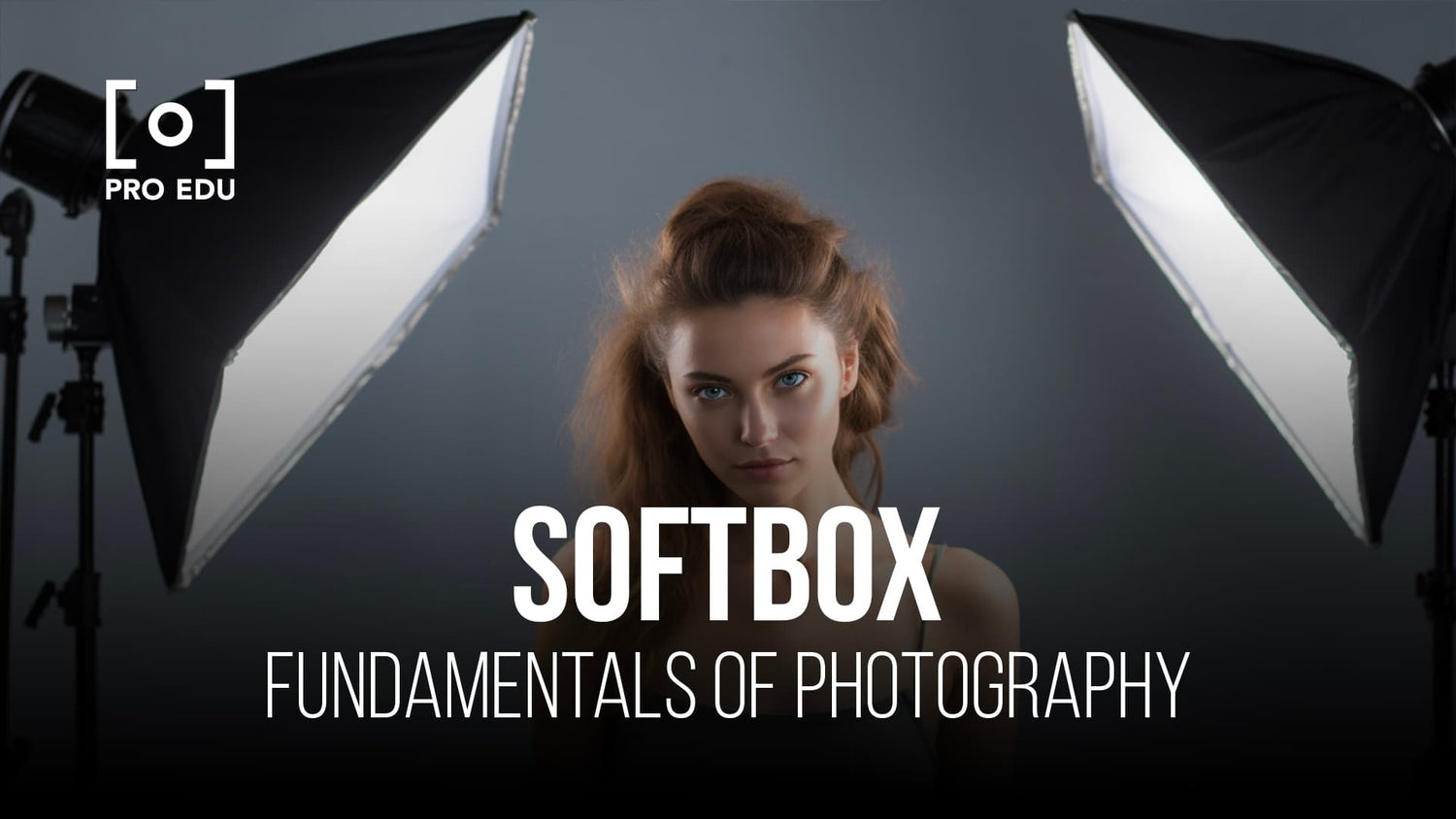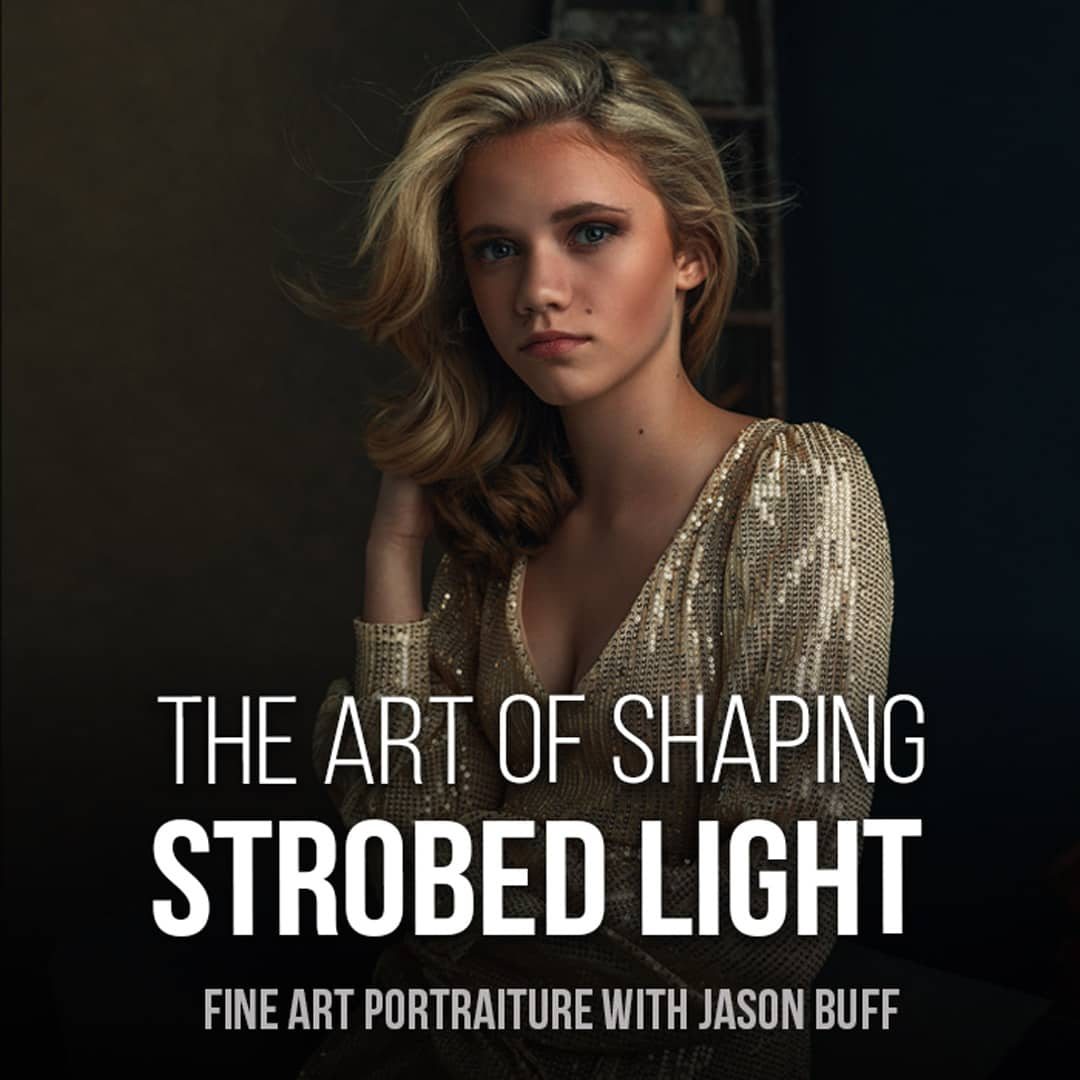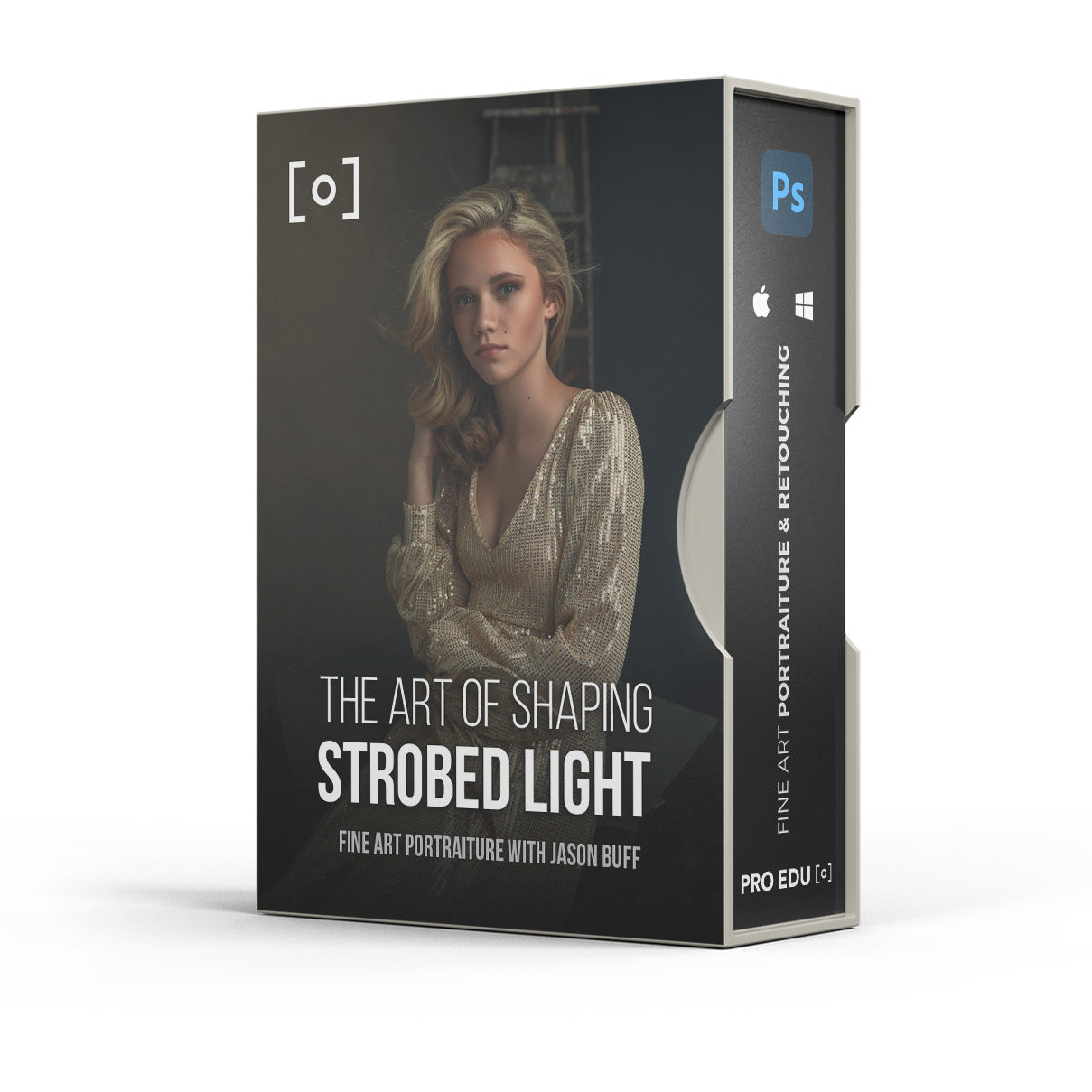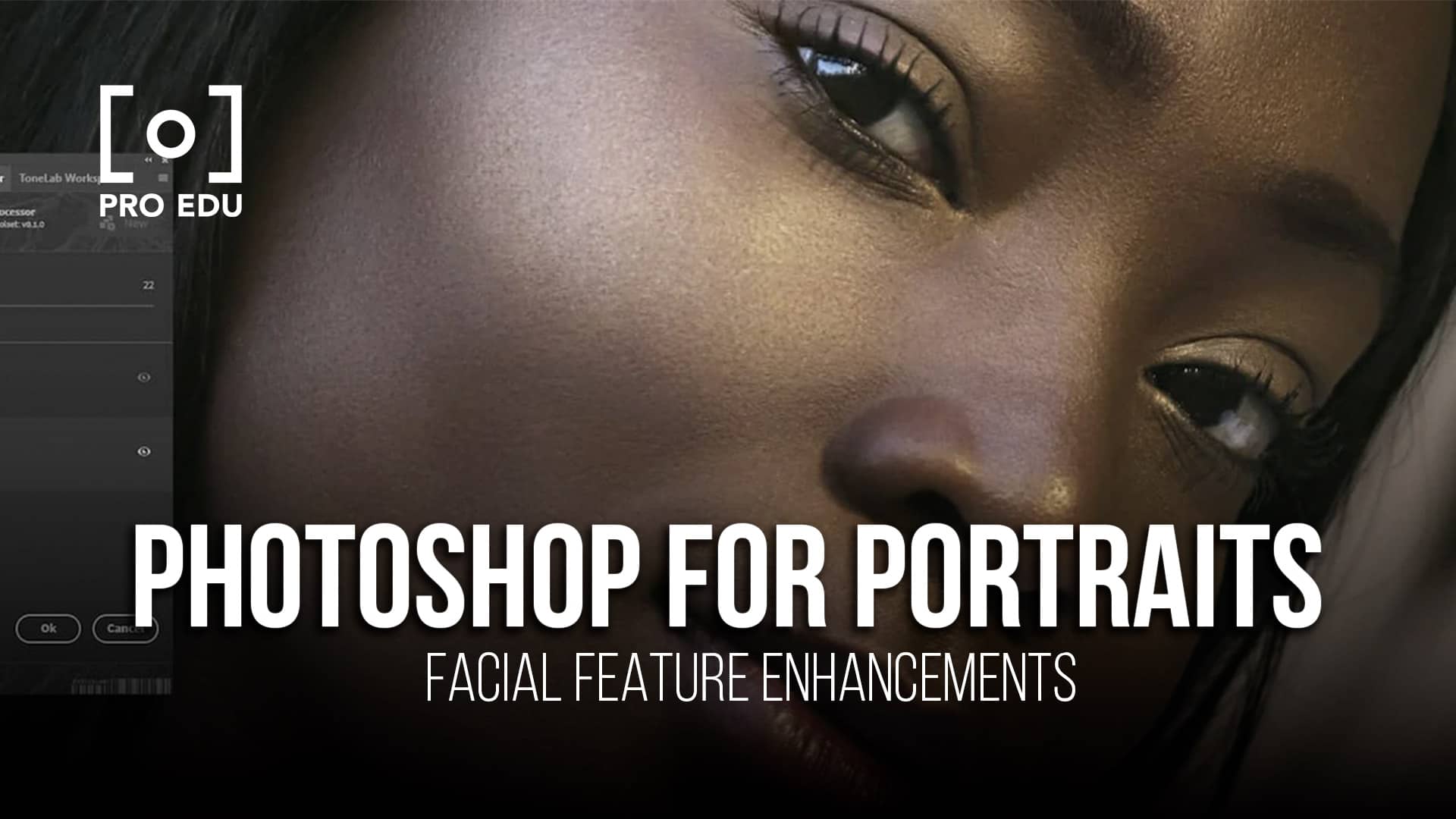Softbox Lighting: Mastering Soft, Flattering Light in Photography
Softbox lighting is a popular technique in photography that utilizes a softbox, which is a lighting modifier that mounts over a flash or studio strobe, to create a soft and diffused light. This type of lighting is favored by photographers because it produces even light distribution, soft shadows, and a more flattering and professional-looking image. Exposing your subject to softbox lighting is key to making your photos look captivating and dynamic, regardless of whether you're shooting portraits, products, or still life.
Understanding the different shapes and sizes of softboxes, as well as the proper techniques for positioning and adjusting them, will greatly improve the quality of light they produce. Experimentation and advanced techniques should also be embraced by photographers, as each subject and setting can yield unique results with softbox lighting. With the right approach and a willingness to learn, you're sure to elevate the quality of your photos and take your photography skills to new heights.
Key Takeaways
- Softbox lighting creates soft, diffused light in photography, resulting in more flattering images.
- Familiarizing yourself with the various softbox shapes and sizes is crucial for achieving optimal lighting.
- Experimenting with different techniques and positioning will greatly enhance your photography skills.
Understanding Softbox Lighting
Softbox lighting is a popular choice among photographers because it provides a soft, flattering light that minimizes harsh shadows and helps to create a more natural-looking environment. A softbox is essentially a light modifier that attaches to a light source, enclosing it to create a more controlled and diffused light.
One reason why we love using softboxes is that they are versatile and come in various shapes and sizes, ranging from small 35x60cm to large 120x180cm, which gives us the flexibility to adjust the light according to the subject and the desired effect. Our choice of softbox size will depend on factors such as subject size, distance from the light source, and desired softness of the light.
Different shapes of softboxes, such as square, rectangular, or octagonal, offer varying effects on the light distribution. For instance, a square or rectangular softbox might be more suitable for creating a window-light effect, commonly used in product photography, while an octagonal softbox is often employed for portrait photography as it produces an appealing catchlight in the subject's eyes.
One important aspect to consider is the surface material of the softbox, which contributes to the overall diffusion of the light. A high-quality, multi-layered diffusion material will ensure an even spread of the light, avoiding concentrated hotspots and providing a subtle transition between highlights and shadows on the subject. Using a softbox ensures that our light source is large and closer to the subjects, resulting in lighter shadows and less harsh contrast in the images.
In conclusion, softbox lighting is a valuable tool for photographers who seek to create soft and flattering light in their work. By choosing the right softbox size, shape, and diffusion material, we can achieve light distribution that enhances our images and conveys the desired mood and atmosphere.
Shapes and Types of Softbox
Square and Rectangular
Square and rectangular softboxes are the most common types and are versatile in their application. They provide a soft light that's great for evenly illuminating subjects. The larger the softbox, the softer the light it produces. We can find these softboxes in various sizes to suit our needs, ranging from small to extra-large.
Strip
Strip softboxes are elongated, narrow softboxes that produce a more focused light. They are perfect for accentuating details and creating a sense of depth in portraits. Oftentimes, we utilize strip softboxes as rim lights to separate the subject from the background or to add highlights to specific areas.
Octagonal
Octagonal softboxes, also known as octaboxes, have a unique, rounder shape that creates more pleasing, circular catchlights in the eyes of portrait subjects. The octagonal softbox offers a similar quality of light to square and rectangular softboxes but with the added advantage of creating a more natural-looking reflection. In addition, the octagonal shape can produce a smoother and more gradual light falloff.
By understanding the different shapes and types of softboxes, we can effectively use them to create soft and flattering light in our photography.
Optimising Light with Softbox
Controlling Shadows
When using a softbox, controlling shadows is essential for creating a pleasant, soft light in your photos. To achieve this, diffusing the light and altering the angle can grant you more control over shadow intensity. We recommend experimenting with different diffuser materials and positions to find the perfect balance for your specific needs.
Choosing Light Direction
Light direction plays a crucial role in photographic compositions. By altering the direction from which the light falls upon your subject, you can influence the mood, depth, and overall visual impact of your photographs. Common options for light direction include front light, side light, and backlight. Each one accentuates different features and conveys distinct emotions. Trying different lighting setups can help you discover the ideal light direction for your desired outcome.
Managing Power and Distance
The power and distance of a softbox can affect the softness of the light and the resulting image. As the distance between the softbox and the subject increases, the light becomes harder, and the shadows become more pronounced. Conversely, as the softbox moves closer, the light becomes softer, and shadows appear more diffused. Balancing power and distance is key to achieving the optimal soft light effect, so we encourage experimentation and fine-tuning your setup until you reach the desired result.
Practical Application of Softbox Lighting
Portraiture
Softboxes are ideal tools for portrait photography because they create a soft, diffused light that minimizes harsh shadows and highlights. As a result, images have a more flattering and professional look. We can use different softbox sizes and shapes to control the light's intensity and spread, customizing the lighting effects for each portrait session.
Product Photography
In product photography, softboxes help illuminate objects evenly, emphasizing their details and colors without creating distracting shadows or reflections. For example, when photographing a still life, a softbox would help showcase the textures and tones of the composition.
Additionally, using multiple softboxes in various positions allows us to achieve a consistent and balanced light across the entire scene. This aspect is particularly suitable when photographing models, as it highlights their features while maintaining a natural and appealing look.
By understanding and implementing these techniques, we can greatly enhance our photos and deliver stunning results in both portraiture and product photography.
Experimentation and Advanced Techniques
When working with softbox lighting, it's important for us to experiment with different techniques to achieve the desired results. One way is to modify the distance between the softbox and the subject. The closer the light source, the softer the light will be. On the contrary, moving the light source farther away results in harder light, adding drama and contrast to the image.
Another technique to consider is altering the size and shape of the softbox. Larger softboxes produce softer light, while smaller softboxes create a more focused, contrasty look. Experimenting with various sizes and shapes can help us find the perfect balance for our photographic needs.
We can also experiment with the angle of the softbox in relation to the subject. Using a feathering technique, where we tilt the softbox slightly so that the light "skims" across the subject, can create interesting lighting effects. This method helps give a soft appearance while emphasizing texture and depth.
When it comes to controlling shadows and contrast, using grids or diffusers can be beneficial. Grids limit the spread of light, making it easier to direct the light and create more dramatic shadows. Diffusers, on the other hand, help make the light even softer and more flattering.
In summary, there are multiple ways to experiment with softbox lighting to create the desired look in our photography. By adjusting the distance, size, shape, angle, and accessories, we can craft unique, professional-quality images.
Frequently Asked Questions
What are the benefits of using a softbox in photography?
Using a softbox in photography can greatly enhance the quality of light by providing a more even and diffuse illumination. This leads to softer shadows and a flattering effect on your subjects, often used in portrait and product photography.
How do you set up softbox lighting for beginners?
Setting up softbox lighting for beginners is simple. First, mount your flash or studio strobe onto the light stand. Attach the softbox to the light source, ensuring it is secure. Position the light at a desired angle, adjusting the distance and height to achieve your desired lighting effect.
What are the various types of softboxes available?
There are many types of softboxes available, and their size can vary dramatically. Common shapes include rectangular, square, strip, and octagonal softboxes – each offering different qualities of light. You can find softboxes from as small as 30x40cm up to 120x180cm.
How does a softbox compare to a ring light?
A softbox produces a diffuse and flattering direct light, whereas a ring light creates a soft, circular light that minimizes shadows, often used for beauty shots and close-up subjects. Softboxes are generally more versatile, while ring lights are specific to certain applications.
Can softbox lighting be used effectively for product photography?
Yes, softbox lighting can be used effectively for product photography. Softboxes provide a controlled and even light, which is crucial in showcasing products in their best light. By adjusting the angle and distance of the softbox, you can manipulate the light to enhance your product's appearance.
What is the impact of overhead softbox placement?
Overhead softbox placement creates a top-down lighting effect, mimicking the natural light coming from above. This can result in realistic and even lighting, with minimal shadows on your subject. Overhead placement is often used in fashion and portrait photography to create a professional and flattering look.













